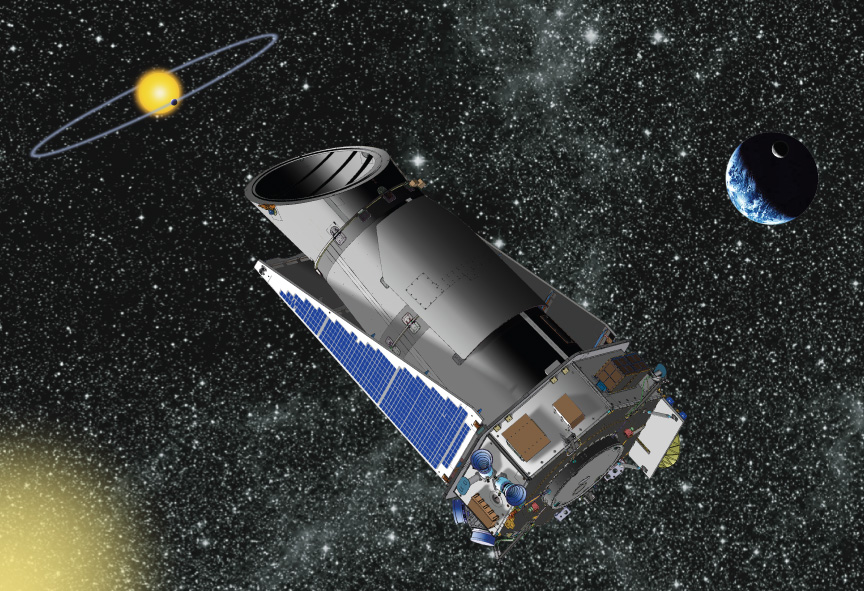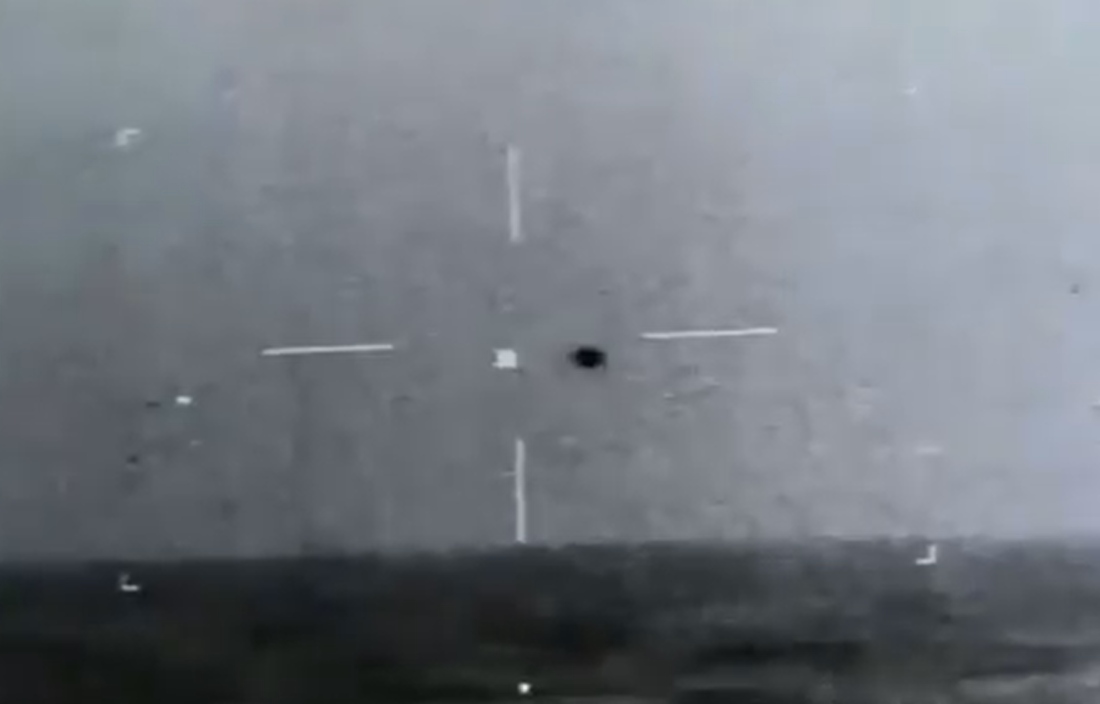
VERITAS will be handled by Breakthrough Listen, one of the world's largest and most well-funded programs involved in the search for extraterrestrial intelligence (SETI).
Since SETI programs began popping up all across the globe, scientists have attempted to use radio to listen at stars. However, some believe that the reason humanity hasn't heard anything back is because they may not be using radio waves to get the Earth's attention. These intelligent beings may be using other forms of technology to communicate. With the help of VERITAS, astronomers will be able to look out for signs of laser beams.
“When it comes to intelligent life beyond Earth, we don't know where it exists or how it communicates,” said Yuri Milner, an Israeli-Russian billionaire, science philanthropist and particle physicist who also founded Breakthrough Listen.
“So our philosophy is to look in as many places, and in as many ways, as we can. VERITAS expands our range of observations even further.” (Related: Chief scientist of NASA now “pre-warning” Earthlings that life exists on Mars and will be announced in the next two years... but warns Earth “isn't ready” for the bombshell.)
Looking for laser beams
With the help of VERITAS, astronomers will scan the sky for flashes of light from nearby stars. These flashes can last mere nanoseconds, but these brief pulses of optical light could indicate a method of communication from advanced extraterrestrial civilizations.
These signals are known as fast optical pulses and, according to Andrew Siemion, the director of Berkeley's SETI Research Center, they are a new class of signals that extraterrestrials may be emitting.
According to Siemion, NASA has already used optical communication to transmit images of Earth from the moon. This means that, if there is an extraterrestrial civilization out there that has the same level of technology as humanity, they may be doing the same thing only in a “scaled-up version” for interstellar communication.
This isn't the first time VERITAS has been called up to join the worldwide effort to hunt for signs of extraterrestrial life. In 2016, scientists used archival data from VERITAS to look at Tabby's Star, a star with peculiar and unexplained light fluctuations. Some scientists have speculated that the mysterious dimming may be due to an alien megastructure blocking the light, causing the star's brightness to decrease by up to 22 percent.
The VERITAS telescopes were chosen by Breakthrough Listen for their exceptional ability to detect and pinpoint short-lived flashes of light in the galaxy.
The most powerful lasers on Earth can deliver around 500 terawatts of light in a fraction of a second. Breakthrough Listen has a list of around one million stars where they can prioritize their observations, many of which are 10 to 100 times closer to Earth than Tabby's Star. This means that, with the help of VERITAS, the Breakthrough Listen team should be able to see a flash from a laser beam that is 100 to 10,000 times fainter than what Earth can produce.
If the Breakthrough Listen team's hypothesis is correct and there is an advanced extraterrestrial civilization out there trying to contact Earth, it's only a matter of time before humanity receives the message.
Sources include:
Please contact us for more information.























